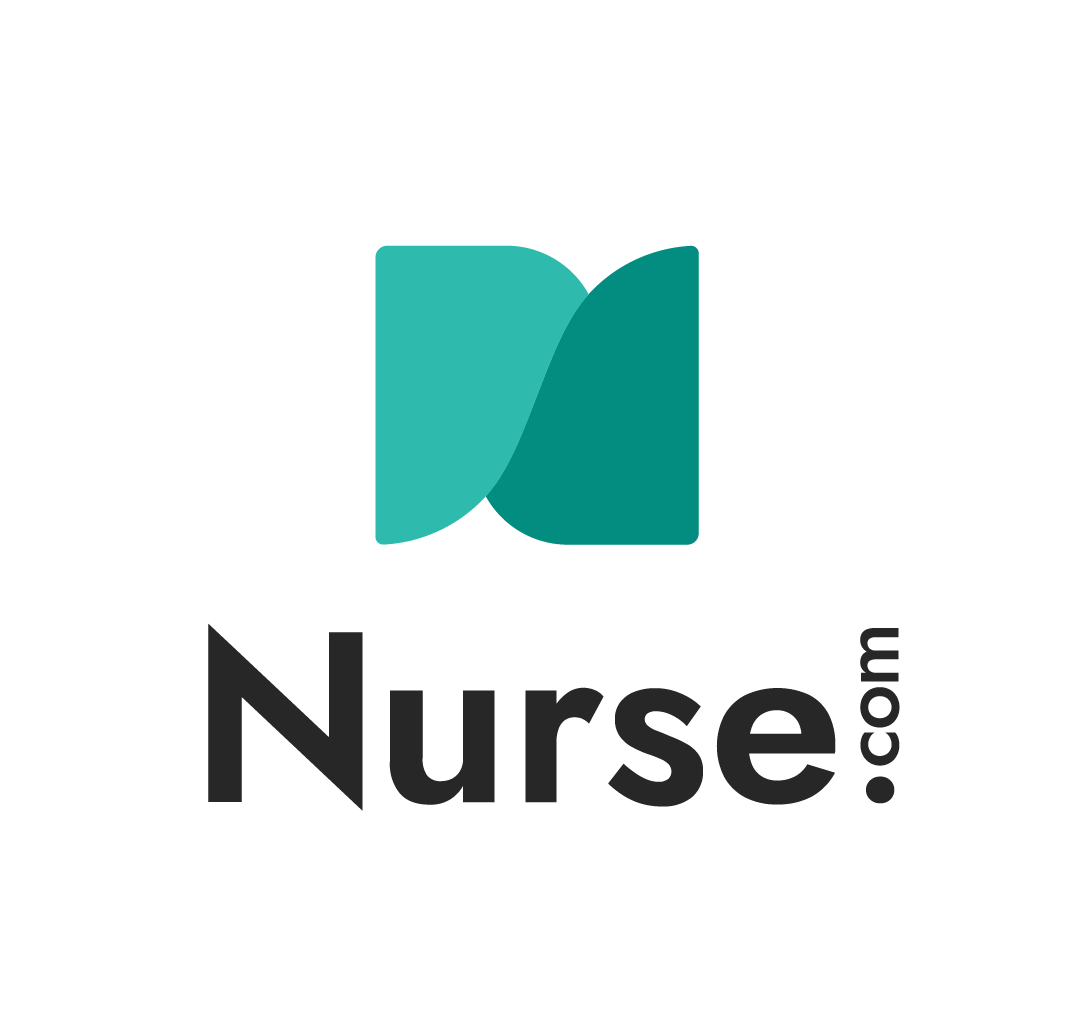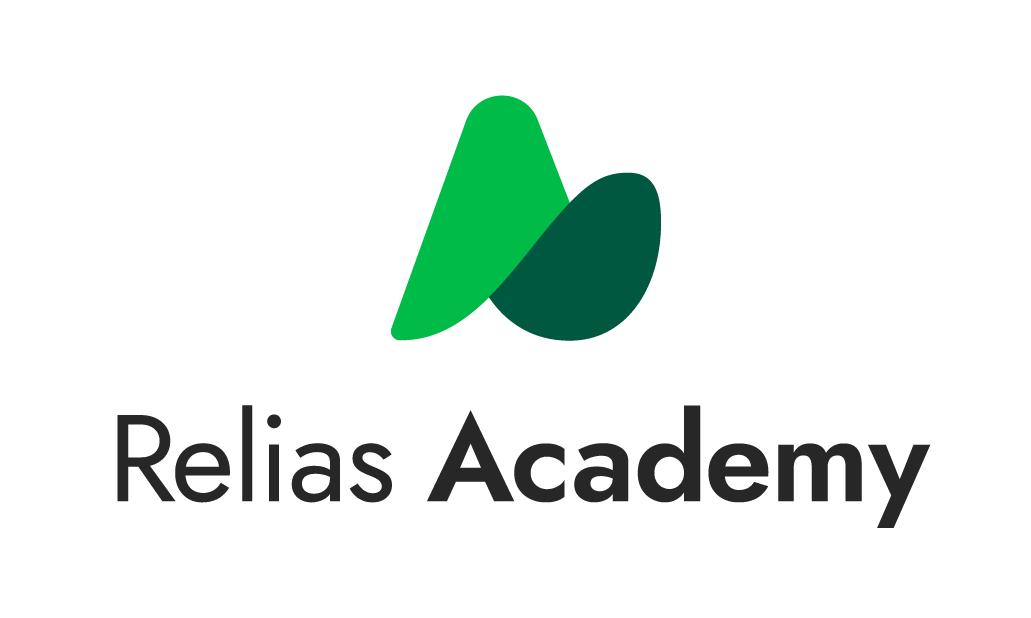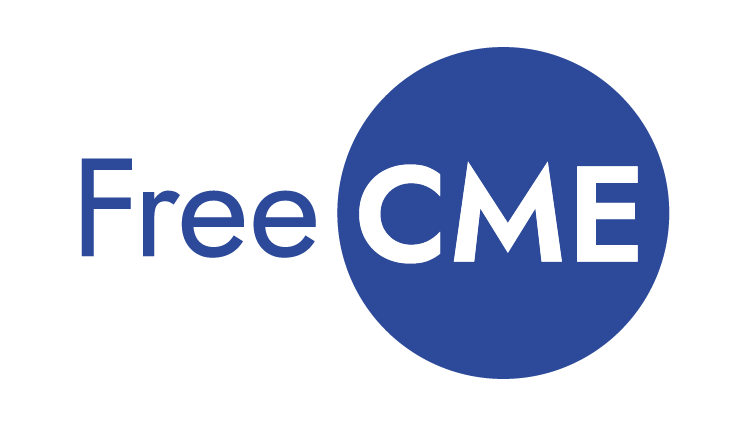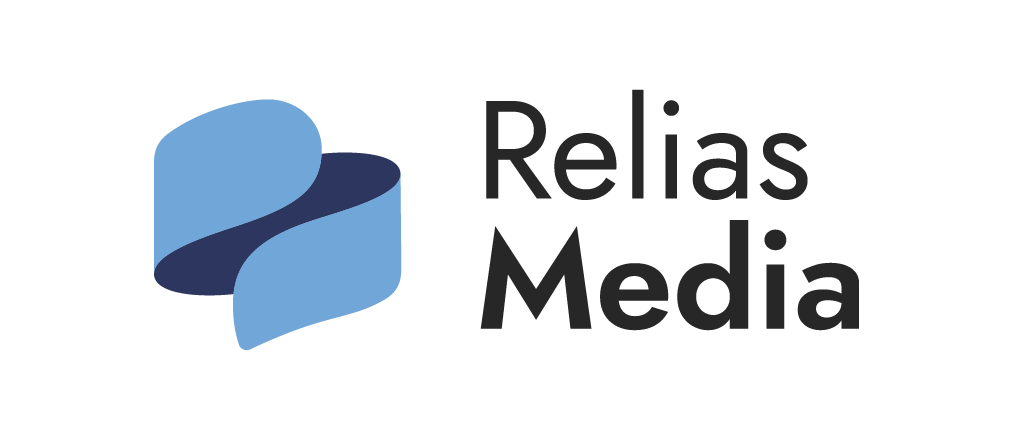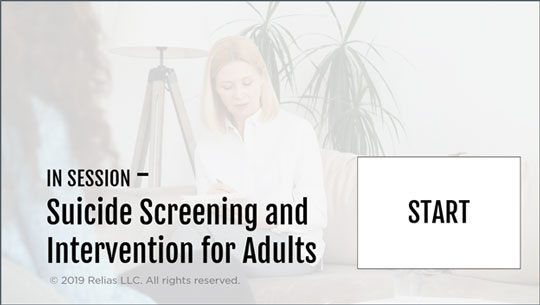The healthcare world is constantly evolving. From breakthroughs in medication-assisted treatment (MAT) to the way we assess and screen for serious mental illness, technology and medicine are making it possible for people to live longer, healthier lives. However, these new approaches in behavioral health services aren’t the only innovative things happening in the field. E-learning (or online learning) for healthcare is changing the way you hire and onboard new psychiatrists, train counselors on evidence-based treatments, and ensure your overall staff understands your organization’s policies and procedures on workplace violence, fire safety, and more.
Why care about innovations in e-learning for healthcare?
Think about the way kids are learning in elementary and middle schools:
- They’re searching Google to learn about Napoleon instead of sifting through the ‘N’ hardcover encyclopedia or using an Encyclopedia Britannica CD-ROM.
- They’re using Microsoft Word or Google Docs to type up book reports instead of handwriting reports (and being judged on their legible or illegible handwriting).
- They’re using tablets at their desks instead of having to wait to use the computer lab.
- They’re using Google Hangouts to collaborate with students in other states, sometimes other countries, instead of only knowing the kids in their own classroom.
Technology is influencing the way we’re teaching and learning, making it easier for us to share, access, and process information. For healthcare organizations, this is huge!
Over the last few decades, healthcare learning has made giant strides in how nurses, doctors, counselors, and health care workers use technology to receive CEs and CMEs, maintain their certifications, and stay current on best practices in their field.
But these are not the only innovations in e-learning for healthcare. We have also seen the release of courses that bridge the learning-doing gap (scenario-based, simulation, etc.), the ability to personalize learning to a specific person’s educational needs, and methods to improve the retention of course materials.
Learning that bridges the knowing-doing gap
When it comes to training, the best courses should not only help your staff learn or advance their skills but also know how apply those skills when needed.
For example, you might learn how to insert an IV by reading a medical textbook, but you wouldn’t know exactly what to do without applied practice. And repeated practice at that. This applied practice is what helps your staff convert those skills to memory, allowing them to efficiently insert an IV every time they are required to do so.
For some skills, however, applied practice is harder to come by. De-escalating a hostile patient or family member is not something your staff does every day, maybe not even every month. Applying de-escalation tactics might not be as easy for them.
That’s where courses that help bridge the knowing-doing gap come in. Simulation and scenario-based courses provide learners with the space to learn new skills and apply them in a relevant situation.
A good example of this is the training course, In Session: Suicide Assessment and Intervention for Adults.
We designed the course to give behavioral health clinicians the ability to apply critical thinking, knowledge, and skills in simulated clinical sessions and to real-world experiences. They’re able to apply their existing knowledge of suicide prevention to assess and intervene with an at-risk adult. Learners going through the course will see how their responses impact the level of risk and outcome.
The benefits of scenario-based learning
For behavioral health clinicians, scenario-based learning and simulation training offers a safe place to practice their skills. This something every practitioner needs but might not receive from a traditional training course. The ability to practice not only reinforces learned skills but also improves their confidence when applying the same skills to a real-life situation.
Other benefits of simulation training and scenario-based learning include:
- Instant feedback: Based on an action a learner takes, they’ll receive consistent, prompt feedback to inform them why their chosen action was correct or not.
- Interactive and engaging: This type of course is highly interactive. Learners are actively making decisions, not just reading and listening.
Interested in seeing just how scenario-based courses work? Watch a preview of OASIS Simulation: Assessing at the Start of Care, a course where you learn to identify the multiple health indicators home health clinicians need to know.
Learning that is personalized to the user
When you take specific, required training courses every year, think HIPAA and cultural competency, learning the same info repeatedly can feel redundant, exhausting, and time-consuming. This can prevent your staff from taking in the information — and more importantly, applying it — when needed.
That’s where personalized learning comes in.
Personalized e-learning for healthcare customizes onboarding and training plans based on a learner’s strengths, needs, skills, and interests. This innovative learning approach makes it easy to give each staff member the exact training they need. It also reduces seat time since staff members are not spending time learning what they already know.
E-learning for healthcare that uses neuroscience to improve retention
Time is valuable and behavioral and community health professionals have limited quantities of it to spend on training. When they do, how much of it do they remember given their day-to-day demands? Neuroscience tell us that we forget nearly 70% of what we learn within 24 hours. So, it is likely that staff are unable to absorb and assimilate what they’ve learned. The information is lost (not to mention the dollars you spend on it).
Incorporating a brain science method called “spacing and testing” into your training can have lasting, sustainable effects on job performance. It works by delivering a series of questions to staff over a predetermined cadence, usually a period of 30 days, upon finishing a course. The questions are sent to spark memory recall and improve performance. Providing staff with these questions in the days soon after training allows them to mentally “stamp” the information as useful. This makes it more likely that they will retain it.
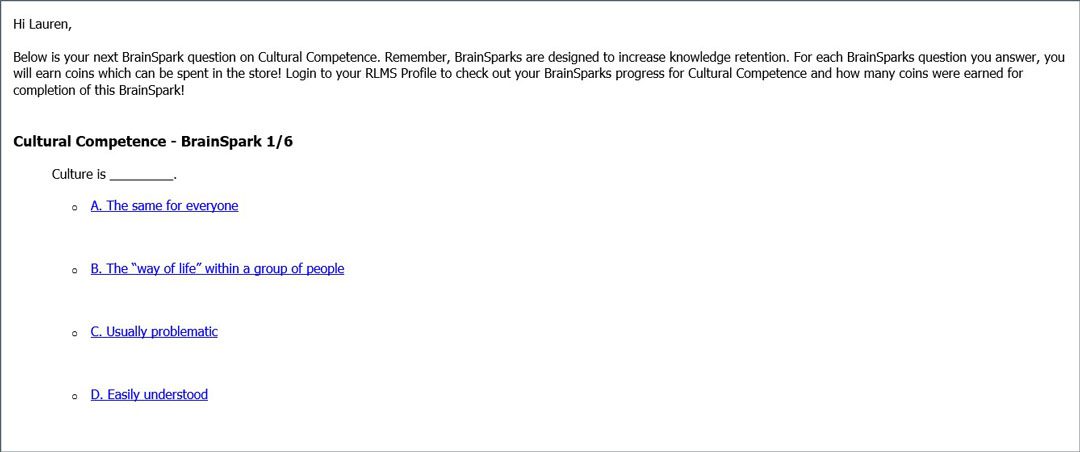
Learning that improves health outcomes
Ultimately, the goal of healthcare e-learning is to improve the health outcomes of your organization. When your staff feels fully equipped with the knowledge they need to handle any and all situations, the level of care you can deliver (and the reputation of your organization) dramatically increases.
And with more companies ‘measuring learning impact’ instead of seat time, the types and quality of training provided to your staff should match their learning needs and roles.
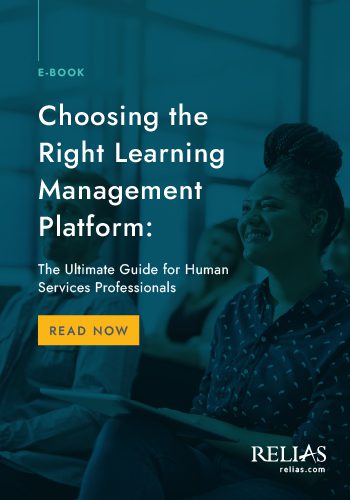
Choosing the Right Learning Management Platform
While there are many learning management platforms available, as a human services leader, it’s crucial to pick a learning platform that manages the complex training and compliance needs of your organization. To select the best learning platform for your organization, read Relias’ e-book, Choosing the Right Learning Management Platform.
Download the e-book →

